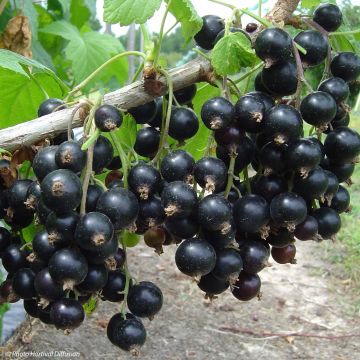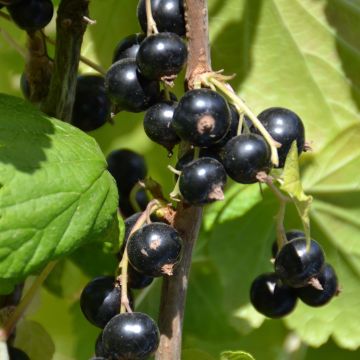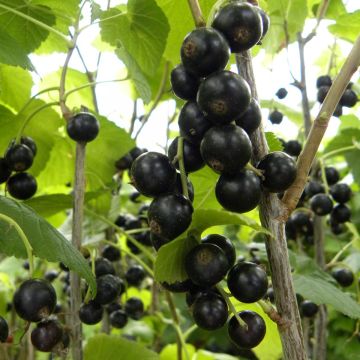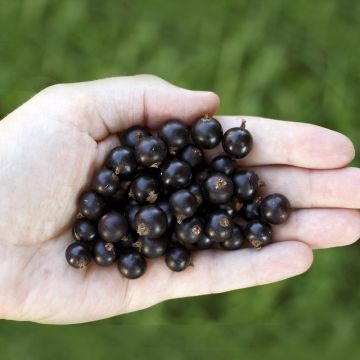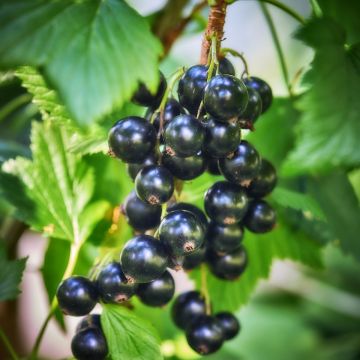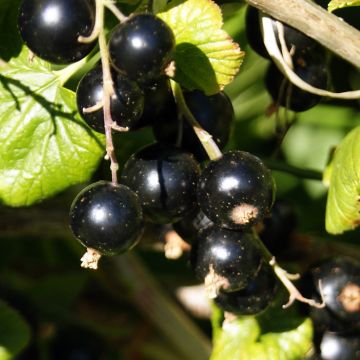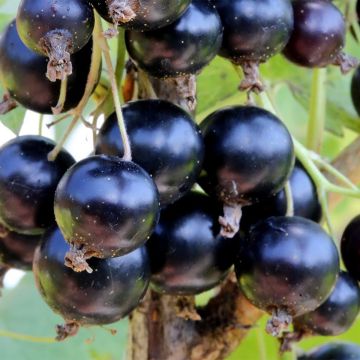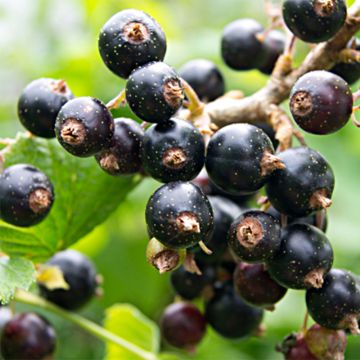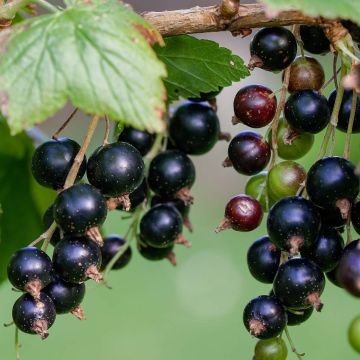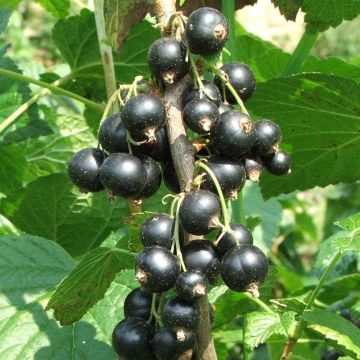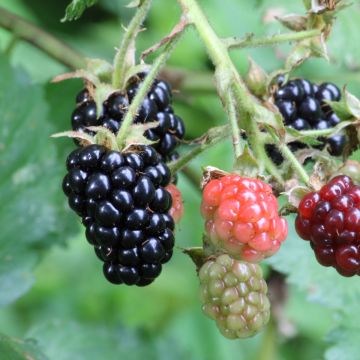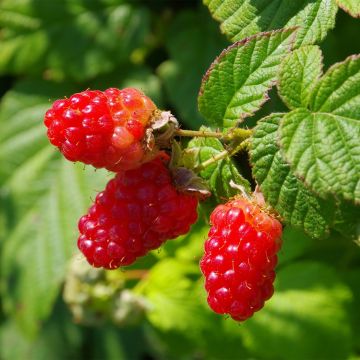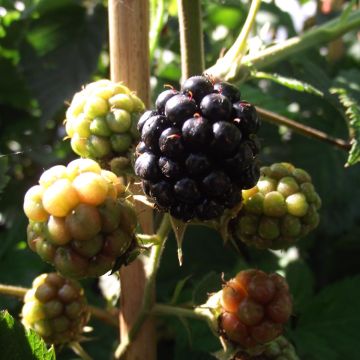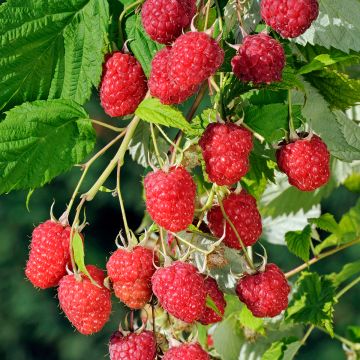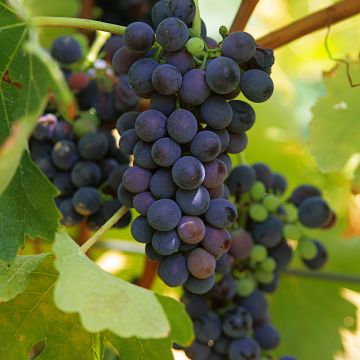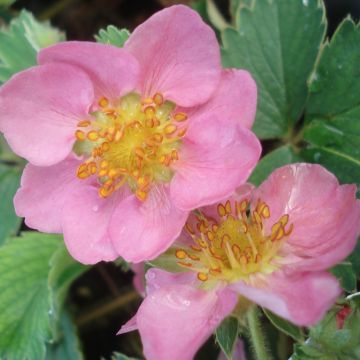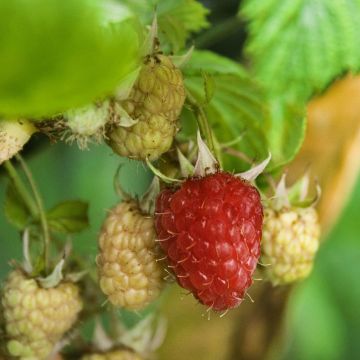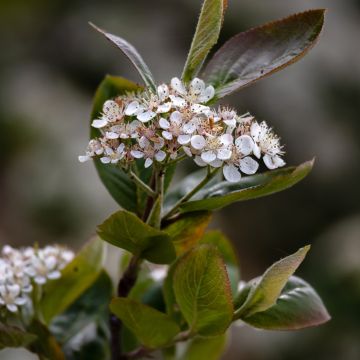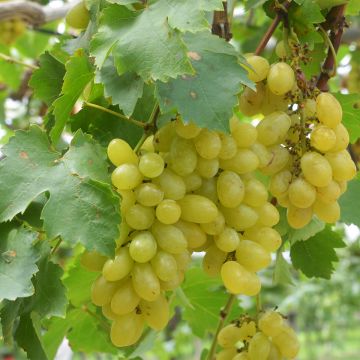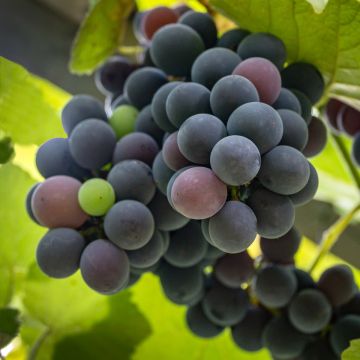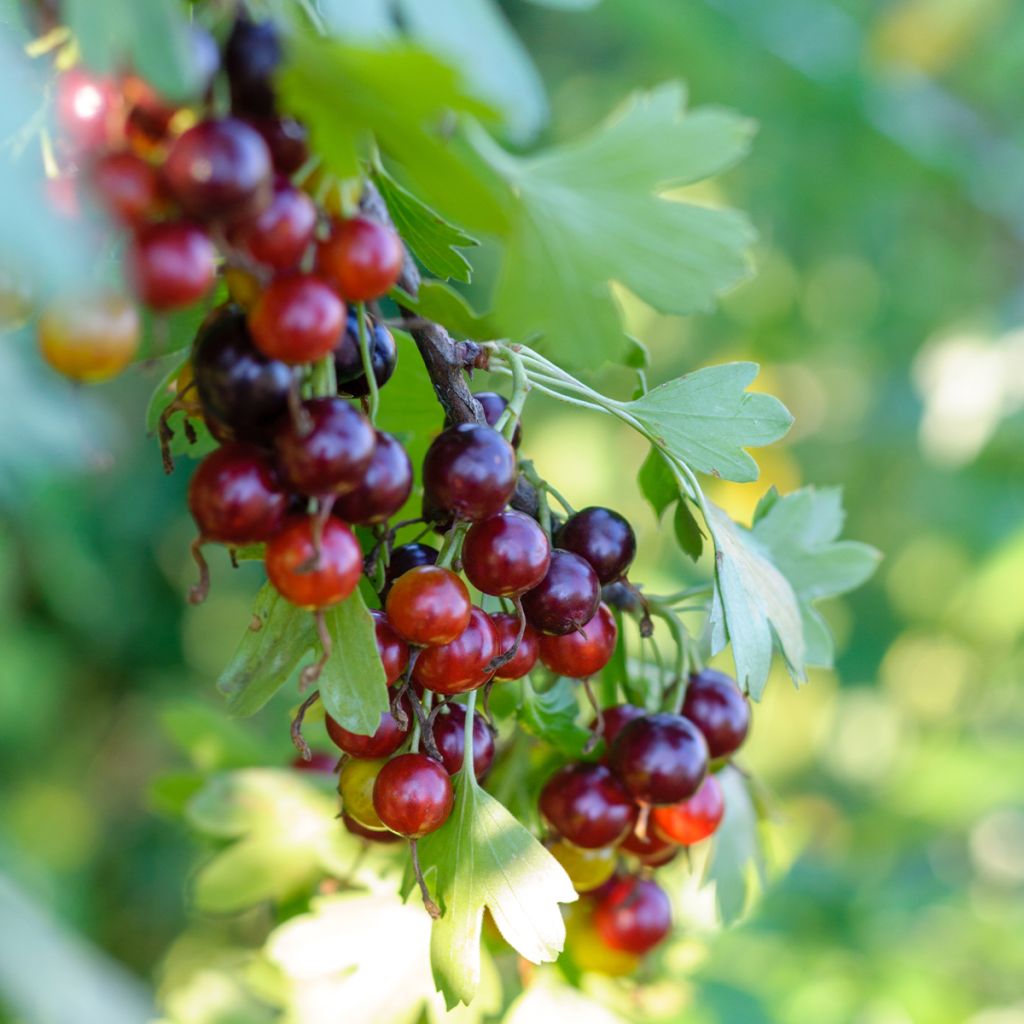

Ribes nidigrolaria Jostaberry
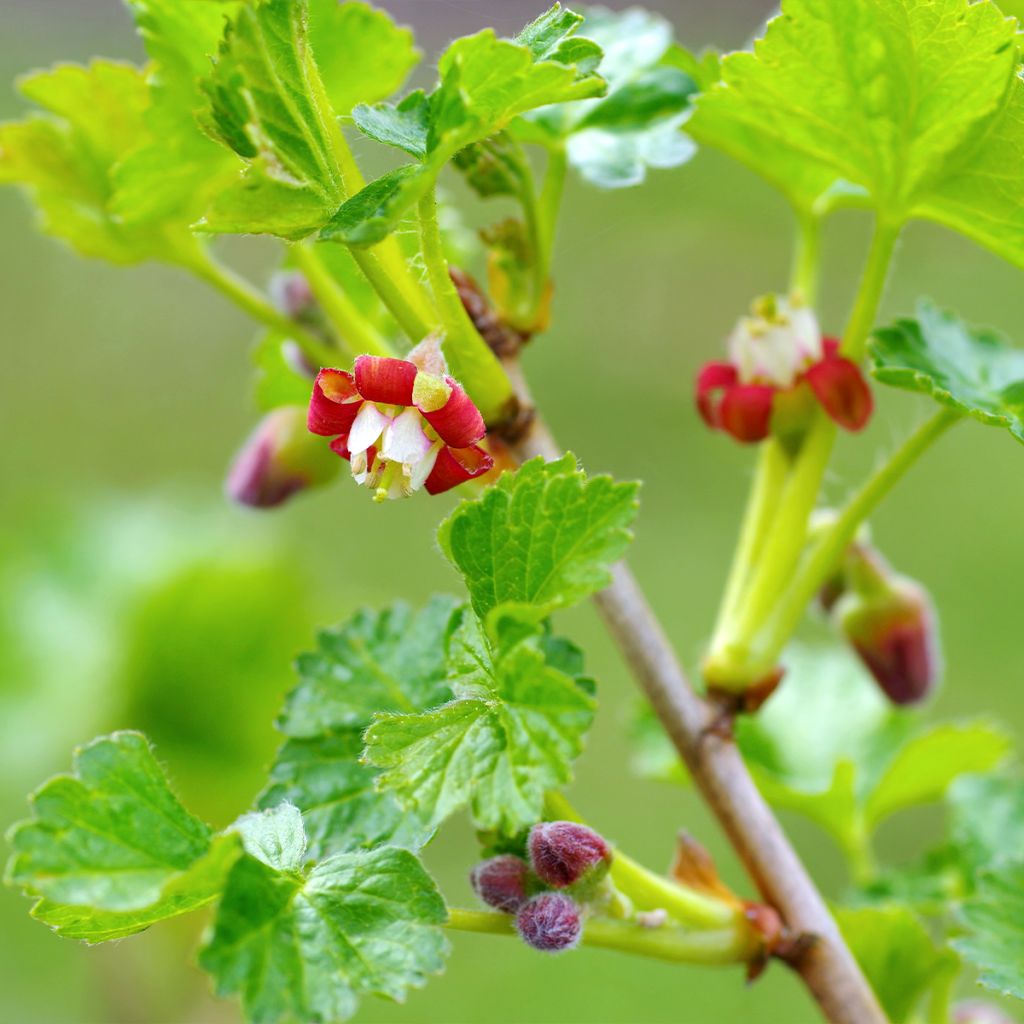

Ribes nidigrolaria Jostaberry
Ribes nidigrolaria Jostaberry
Ribes x nidigrolaria Jostaberry
Jostaberry
This item cannot be shipped to the selected country
Delivery charge from €5.90
Delivery charge from €5.90
Delivery charge from €5.90
Delivery charge from €5.90
Delivery charge from €5.90
Delivery charge from €5.90
Delivery to Corse prohibited
More information
Schedule delivery date,
and select date in basket
This plant carries a 6 months recovery warranty
More information
We guarantee the quality of our plants for a full growing cycle, and will replace at our expense any plant that fails to recover under normal climatic and planting conditions.
From €5.90 for pickup delivery and €6.90 for home delivery
Express home delivery from €8.90.
From €5.90 for pickup delivery and €6.90 for home delivery
Express home delivery from €8.90.
From €5.90 for pickup delivery and €6.90 for home delivery
Express home delivery from €8.90.
From €5.90 for pickup delivery and €6.90 for home delivery
Express home delivery from €8.90.
From €5.90 for pickup delivery and €6.90 for home delivery
Express home delivery from €8.90.
From €5.90 for pickup delivery and €6.90 for home delivery
Express home delivery from €8.90.
Delivery to Corse prohibited: UE law prohibits the import of this plant from mainland France to Corse as part of the fight against Xylella fastidiosa. Please accept our sincere apologies.
More information

Description
Ribes Jostaberry is a bush with small black fruits resulting from a complex cross-breeding between Gooseberry and Blackcurrant. It has inherited a very good resistance to diseases and larger fruits than its parents. Its small dark red, spring flowers produce black berries that ripen in July. They are tart tasting and can be eaten fresh, in juice and sorbets, and can be used to make delicious jams and jellies. Easy to grow, this non-thorny bush is rather accommodating regarding the soil, only disliking excessive limestone, drought, and poor, shallow soils. It is very hardy, grows in not-too-bright sunlight and appreciates a certain moisture in the soil.
Formerly belonging to the Saxifragaceae family, the Ribes genus is now the only member of the Grossulariaceae family, and includes about a hundred species. These bushes come from temperate areas of the northern hemisphere, as well as from mountainous areas of Central and South America. Gooseberries and Blackcurrants have both been cultivated since the 14th century for their vitamin C-rich fruits, as have native thorny Gooseberries in Europe, also cultivated since ancient times.
The Jostaberry is a complex hybrid whose scientific name, Ribes x nidigrolaria 'Josta', is composed of the names of its parents. It is the result of cross-breeding between the Ribes nigrum (Blackcurrant), the Ribes divaricatum from North America, and finally the Ribes uva-crispa or Gooseberry, thorny and with large fruits. As for the Anglo-Saxon name Jostaberry, it actually comes from the contraction of two German words, Johannisbeere (Blackcurrant) and Stachelbeere (literally thorny berry, therefore Gooseberry).
This vigorous bush, which has the advantage of not being thorny, is a highly productive variety. This Jostaberry forms a bush that reaches a height of 1.20 to 1.50 m (3 ft 11 in to 4 ft 11 in), or even more, with a width of about 1 m (3 ft 4 in) and has fairly dark green trilobed leaves. In April, small single flowers with 5 petals appear which are a beautiful dark red colour, but rather hidden among the foliage. Self-fertile, they then develop into clusters of 3 to 5 berries, first red and then turning black when ripe in July. Larger than those of their parents, they measure from 1.5 to 1.8 cm (0.6 to 0.7 in) in diameter and have a tart taste reminiscent of blackcurrants. These slightly fragrant fruits can be eaten raw and can also be used to make juices, sorbets, jams, and jellies. Rich in vitamin C and polyphenols, they are good for health.
This bush is easy to grow in full sun, or in partial shade in warmer regions. It prefers deep, somewhat humus-rich soils that retain some moisture in summer. Very hardy (beyond -20°C (-4 °F)), it is also less susceptible to insects and diseases, including powdery mildew.
The Jostaberry is a bush with small fruits that has many advantages. If you want to have a "super fruits" cure, plant a Lycium barbarum, better known as a Goji, alongside it. Its small red fruits are packed with vitamins, minerals, and antioxidants. Peruvian Ground Cherry (Physalis peruviana) is also renowned for its orange fruits rich in antioxidants. You can sow it from May to harvest it at the end of summer.
Report an error about the product description
Ribes nidigrolaria Jostaberry in pictures
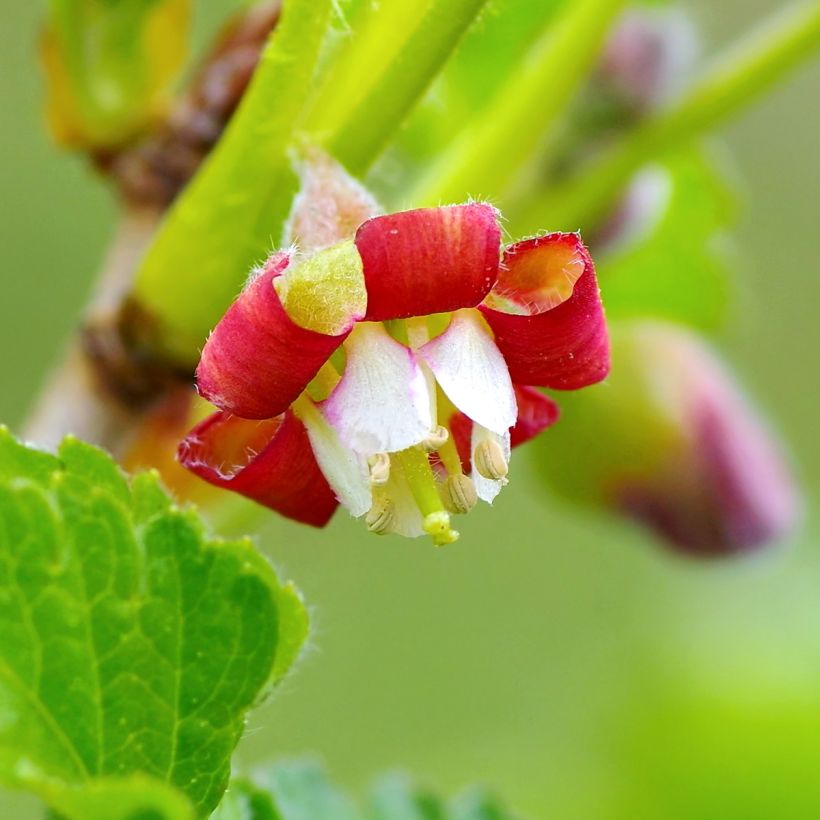

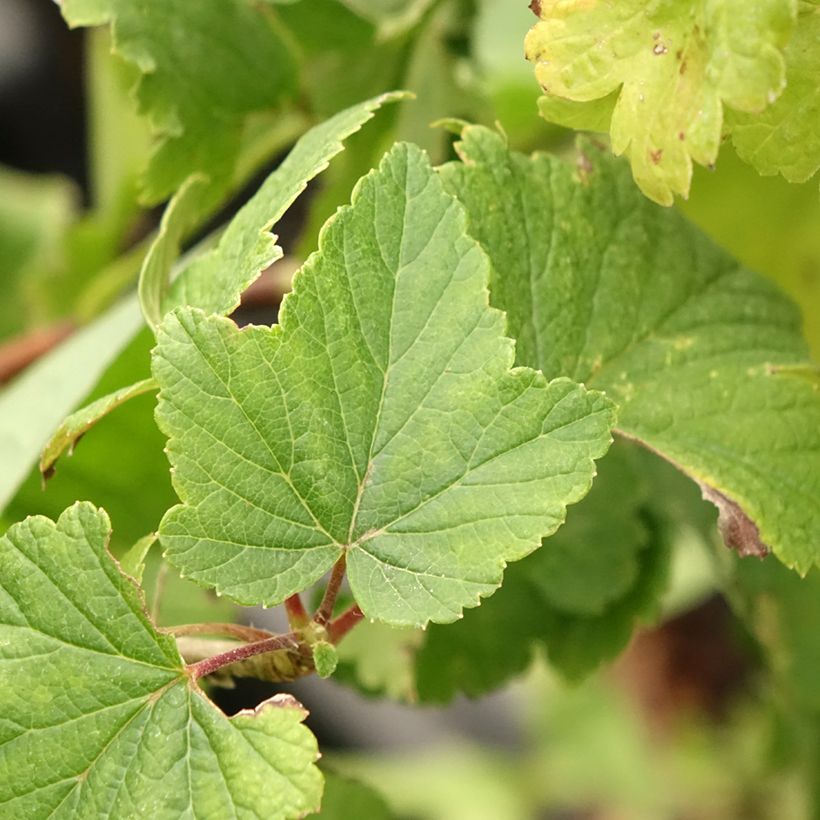

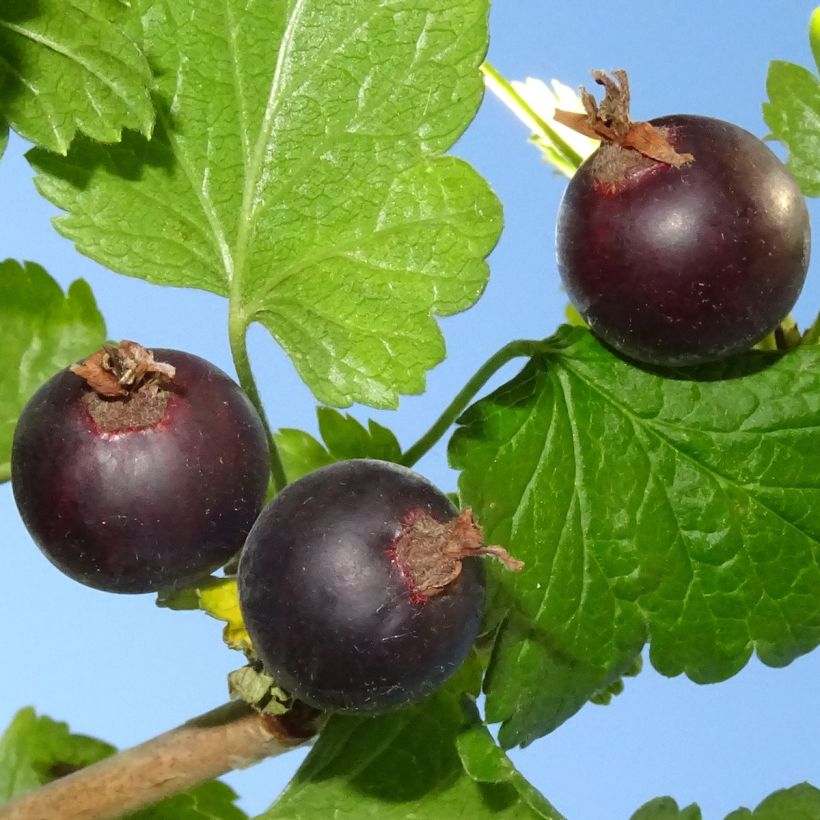

Plant habit
Fruit
Flowering
Foliage
Botanical data
Ribes
x nidigrolaria
Jostaberry
Grossulariaceae
Jostaberry
Cultivar or hybrid
Other Blackcurrant bush
Planting and care
Plant the Bush Honeysuckle preferably in autumn, or alternatively in spring if regularly watered, in ordinary, deep, even heavy and clayey soil. It appreciates soils that do not dry out too much, as long as they are not constantly wet, and does not like excessive limestone. Choose a sunny exposure (shaded in hot climates) to obtain beautiful harvests (it grows in shade, but will be less productive).
If you plant several bushes, space them 1.20 m (3 ft 11 in) apart in all directions. Soak the root ball in water for fifteen minutes before planting. Dig a hole, incorporate compost and bonemeal into the soil, place the young plant making sure that the top of the root ball is at the same level as the surrounding soil, and fill in the planting hole before watering abundantly. Water regularly during the first year after planting and then only in case of extreme heat. Apply a mulch at the base to keep it moist in summer. Add some compost every year, in spring or autumn. Do not disturb the soil too much, as this plant has shallow roots.
It is an accommodating, hardy bush that is not very susceptible to diseases and insects.
Planting period
Intended location
Care
-
, onOrder confirmed
Reply from on Promesse de fleurs
Berries
Haven't found what you were looking for?
Hardiness is the lowest winter temperature a plant can endure without suffering serious damage or even dying. However, hardiness is affected by location (a sheltered area, such as a patio), protection (winter cover) and soil type (hardiness is improved by well-drained soil).

Photo Sharing Terms & Conditions
In order to encourage gardeners to interact and share their experiences, Promesse de fleurs offers various media enabling content to be uploaded onto its Site - in particular via the ‘Photo sharing’ module.
The User agrees to refrain from:
- Posting any content that is illegal, prejudicial, insulting, racist, inciteful to hatred, revisionist, contrary to public decency, that infringes on privacy or on the privacy rights of third parties, in particular the publicity rights of persons and goods, intellectual property rights, or the right to privacy.
- Submitting content on behalf of a third party;
- Impersonate the identity of a third party and/or publish any personal information about a third party;
In general, the User undertakes to refrain from any unethical behaviour.
All Content (in particular text, comments, files, images, photos, videos, creative works, etc.), which may be subject to property or intellectual property rights, image or other private rights, shall remain the property of the User, subject to the limited rights granted by the terms of the licence granted by Promesse de fleurs as stated below. Users are at liberty to publish or not to publish such Content on the Site, notably via the ‘Photo Sharing’ facility, and accept that this Content shall be made public and freely accessible, notably on the Internet.
Users further acknowledge, undertake to have ,and guarantee that they hold all necessary rights and permissions to publish such material on the Site, in particular with regard to the legislation in force pertaining to any privacy, property, intellectual property, image, or contractual rights, or rights of any other nature. By publishing such Content on the Site, Users acknowledge accepting full liability as publishers of the Content within the meaning of the law, and grant Promesse de fleurs, free of charge, an inclusive, worldwide licence for the said Content for the entire duration of its publication, including all reproduction, representation, up/downloading, displaying, performing, transmission, and storage rights.
Users also grant permission for their name to be linked to the Content and accept that this link may not always be made available.
By engaging in posting material, Users consent to their Content becoming automatically accessible on the Internet, in particular on other sites and/or blogs and/or web pages of the Promesse de fleurs site, including in particular social pages and the Promesse de fleurs catalogue.
Users may secure the removal of entrusted content free of charge by issuing a simple request via our contact form.
The flowering period indicated on our website applies to countries and regions located in USDA zone 8 (France, the United Kingdom, Ireland, the Netherlands, etc.)
It will vary according to where you live:
- In zones 9 to 10 (Italy, Spain, Greece, etc.), flowering will occur about 2 to 4 weeks earlier.
- In zones 6 to 7 (Germany, Poland, Slovenia, and lower mountainous regions), flowering will be delayed by 2 to 3 weeks.
- In zone 5 (Central Europe, Scandinavia), blooming will be delayed by 3 to 5 weeks.
In temperate climates, pruning of spring-flowering shrubs (forsythia, spireas, etc.) should be done just after flowering.
Pruning of summer-flowering shrubs (Indian Lilac, Perovskia, etc.) can be done in winter or spring.
In cold regions as well as with frost-sensitive plants, avoid pruning too early when severe frosts may still occur.
The planting period indicated on our website applies to countries and regions located in USDA zone 8 (France, United Kingdom, Ireland, Netherlands).
It will vary according to where you live:
- In Mediterranean zones (Marseille, Madrid, Milan, etc.), autumn and winter are the best planting periods.
- In continental zones (Strasbourg, Munich, Vienna, etc.), delay planting by 2 to 3 weeks in spring and bring it forward by 2 to 4 weeks in autumn.
- In mountainous regions (the Alps, Pyrenees, Carpathians, etc.), it is best to plant in late spring (May-June) or late summer (August-September).
The harvesting period indicated on our website applies to countries and regions in USDA zone 8 (France, England, Ireland, the Netherlands).
In colder areas (Scandinavia, Poland, Austria...) fruit and vegetable harvests are likely to be delayed by 3-4 weeks.
In warmer areas (Italy, Spain, Greece, etc.), harvesting will probably take place earlier, depending on weather conditions.
The sowing periods indicated on our website apply to countries and regions within USDA Zone 8 (France, UK, Ireland, Netherlands).
In colder areas (Scandinavia, Poland, Austria...), delay any outdoor sowing by 3-4 weeks, or sow under glass.
In warmer climes (Italy, Spain, Greece, etc.), bring outdoor sowing forward by a few weeks.

































